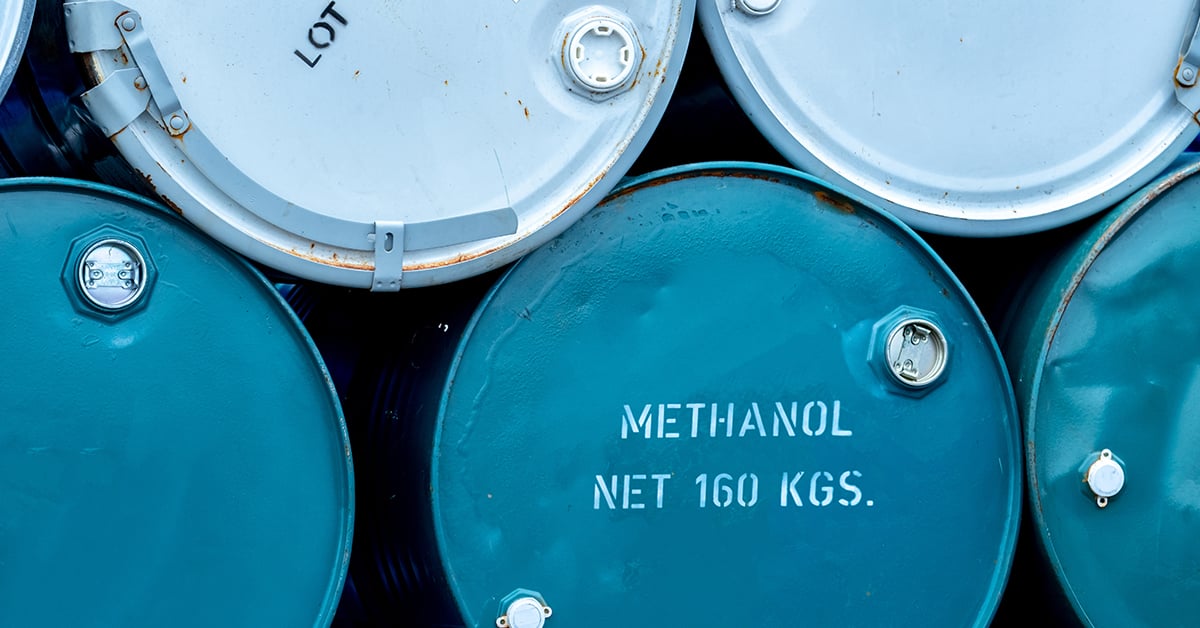
The price of tall oil – a liquid by-product of the kraft process of wood pulp manufacture – has surged significantly since 2020, peaking in January 2023.
Increasing interest in crude tall oil (CTO) as a raw material to produce biofuels such as hydrotreated vegetable oil (HVO)/renewable diesel and sustainable aviation fuels (SAF) is one reason for this price growth.
Tall oil was however, traditionally sold into the chemicals sector as a feedstock or raw material for paints, coatings and lubricants - and could be again as chemicals companies explore ways to meet their sustainability objectives.
CTO is one of few readily available feedstocks qualified under the Annex IX A of the European RED II mandate and the Carbon Offsetting and Reduction Scheme for International Aviation implemented to increase the use of sustainable aviation fuel in both the US and Europe.
Key hydrotreated vegetable oil feedstock
The expansion and diversification of waste-based or circular economy feedstocks including tall oil is essential to achieve the aviation sector's decarbonisation goals. As of today, technologies for HVO production using liquid feedstocks are more advanced compared to the technologies using solid feedstocks. Tall oil is already used to produce HVO, though there is room for growth.
According to Sweden's biofuels-focused network organisation f3, 22% of the HVO sold in Swedish markets in 2016 used crude tall oil as feedstock. Other liquid feedstock sources used for HVO production are animal fat, vegetable and animal waste oils, and the controversial palm oil – usually associated with unsustainable practices.
'...There is continuous demand for biofuels. By 2030, liquid biofuels production
will be four times 2021 volumes...'
International Energy Agency
Additionally, there is continuous growth in demand for biofuels. The International Energy Agency estimates that liquid biofuels production will increase by approximately four times in 2030 compared to 2021 levels in the Net Zero Scenario. The use of biofuels can also reduce the dependence on imported fuels, foster the development of local and rural economies and provide economic and environmental benefits.
Government support has also contributed to the continuous growth, and notable legislation includes the Inflation Reduction Act in the US and the Fit for 55 agenda for carbon reduction in Europe.
Crude tall oil overview
Crude tall oil (CTO) is a by-product of the pulp and paper industry. It is a brownish-yellow, oily liquid obtained from the black liquor/tall oil soap generated during kraft pulp production. Crude tall oil typically contains a mixture of fatty acids, rosins and other neutral materials.
Typically, 30-50 kg of CTO/t of pulp may be recovered from highly resinous species (such as US/southern pines), representing about 30-70% recovery.
Refiners purchase CTO and further refine it into different fractions, such as:
- Tall oil fatty acid (TOFA)
- Tall oil rosin (TOR)
- Distilled tall oil (DTO)
- Pitch
These various fractions are then used for multiple applications and end-uses including adhesives, inks, detergents and emulsifiers.
Fisher International's data intelligence platform FisherSolve show that 187 mills are currently extracting tall oil. Because prices have been historically lower, and due to the differences in yield and quality by wood species, not all pulp mills produce crude tall oil. However, increased interest in using CTO to produce biofuels is heating up the tall oil market. As there are only a limited number of pulp mills in operation, in the short-run the CTO supply will be mostly price-inelastic.
How Can ResourceWise Help?
ResourceWise offers unique datasets and expertise to help your company navigate tall oil markets, pricing and legislation using:
- Detailed data and market reports on renewable fuels and feedstocks through PRIMA - its global research and data provider for low carbon fuels and energy value chain.
- Insights into pulp mills worldwide, including already producing CTO (and with potential to)
- Cash flow models for CTO production
- Benchmarking to model crude tall oil yields and availability, and its potential financial benefits
For more information contact Fisher International.


 Camilla Abbati
Camilla Abbati


